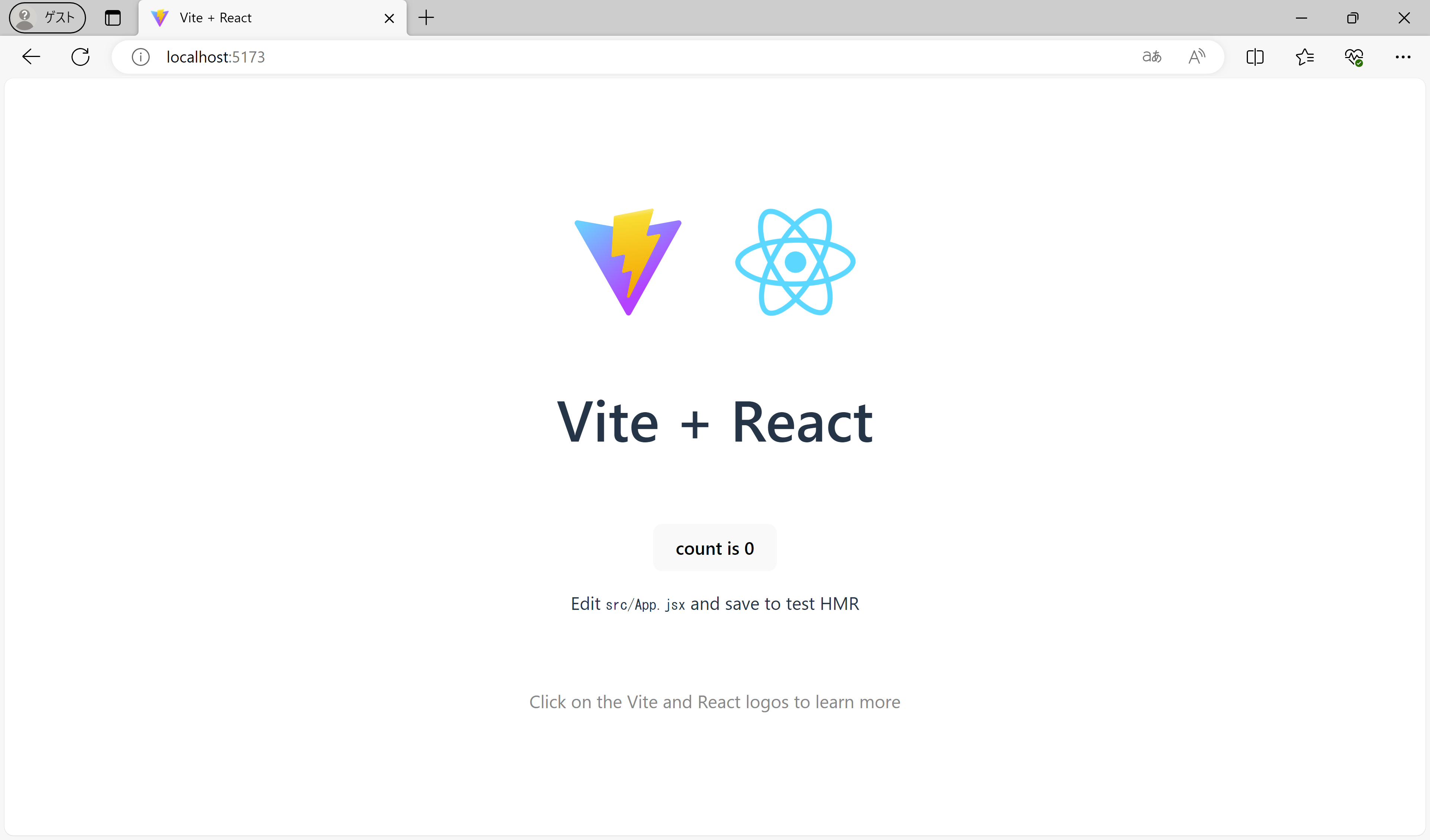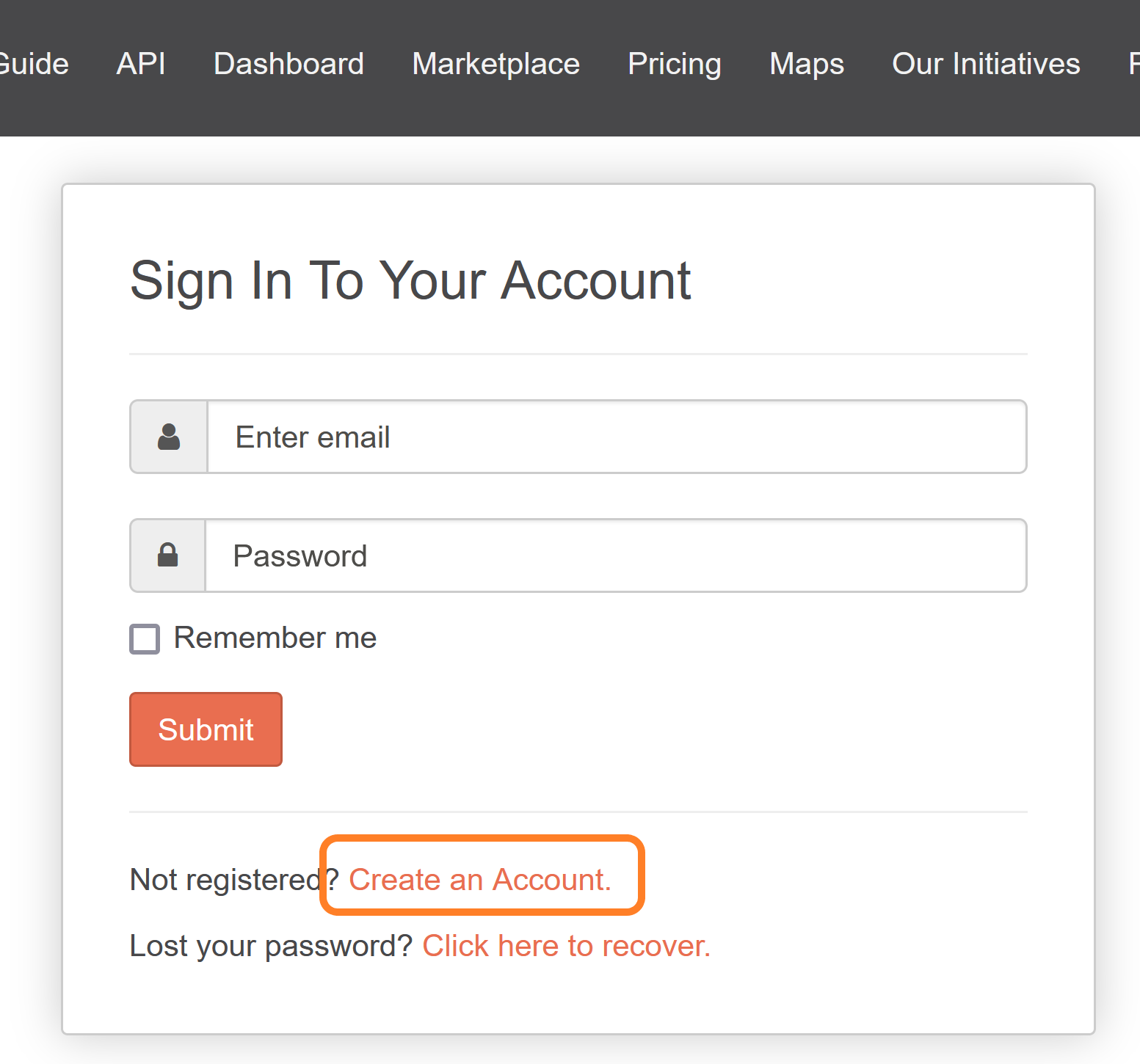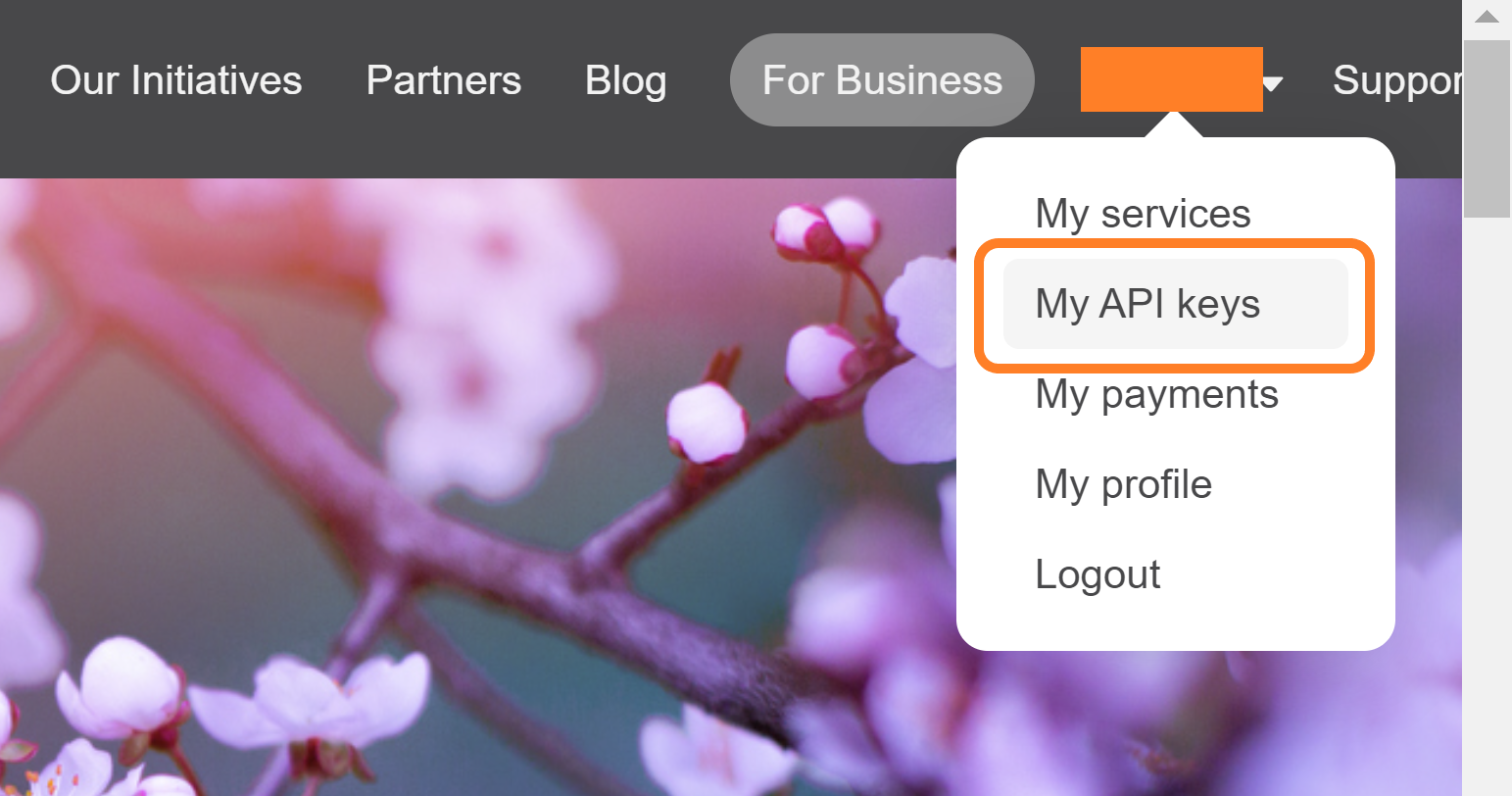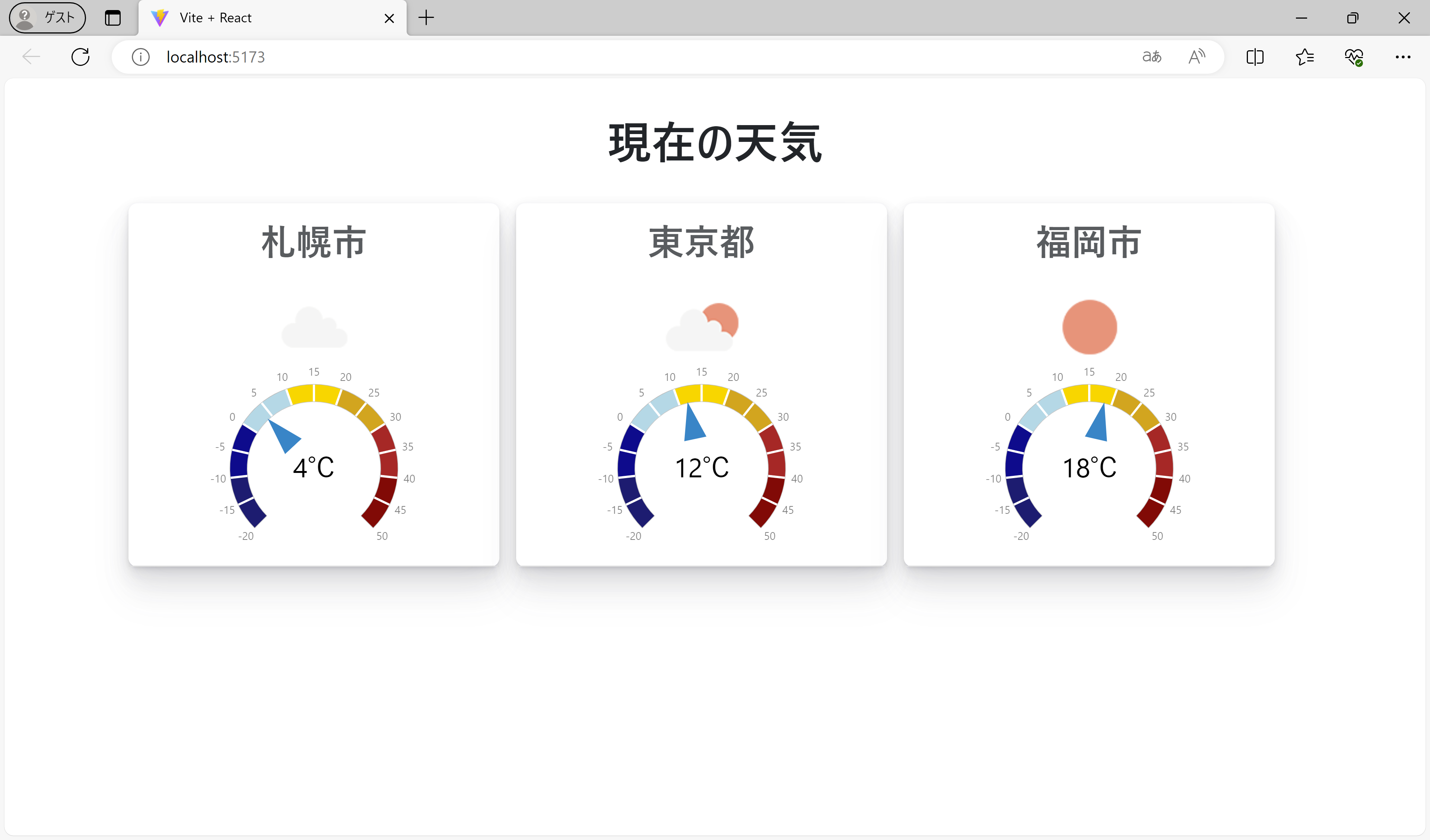「React(リアクト)」はMeta(旧Facebook)が開発したJavaScriptフレームワークです。世界中のIT技術者1万人以上から取ったアンケートの結果をまとめた「State of JavaScript」において、2016年から2022年まで常にトップの利用率を維持しているフロントエンドフレームワークです。
JavaScript開発ライブラリ「Wijmo(ウィジモ)」はReactをサポートしており、Reactの標準的な方法でグリッド/入力/チャートなどのエンタープライズ開発で必要とされるWijmoのコンポーネントを利用することができます。
本記事では、数あるWijmoのコントロール群の中から、データの可視化に役立つ「ゲージ」コントロールをReactアプリケーションに組み込み、APIから取得した気象データを可視化する方法をご紹介します。

ViteでReactアプリケーションの作成
Reactのアプリを作成する方法はいくつかありますが、今回はビルドツール「Vite」を使用します。
以下のコマンドを実行して、ベースとなるReactアプリケーションを作成します。今回は「react」のオプションを指定してReactとJavaScriptのアプリケーションをスキャフォールドします。
※ 使用可能なテンプレートはこちらをご覧ください。
npm create vite wijmo-gauge-app -- --template react次に以下のコマンドを実行してアプリケーションプロジェクトのフォルダに移動し、必要なパッケージのインストールを行います。
cd wijmo-gauge-app
npm installパッケージがインストールされたら、以下のコマンドを実行してReactアプリケーションを起動します。
npm run devブラウザで「http://localhost:5173/」を参照すると以下のように開発サーバーでReactアプリケーションの実行を確認できます。

アプリケーションの起動を確認したらCtrl+Cキーを押して終了しておきます。
Wijmoのインストール
ベースとなるReactのアプリケーションが作成されたら、「npm install」コマンドを実行して、Wijmoのインストールを行います。WijmoではReact専用のパッケージが提供されているので、そちらをアプリケーションにインストールします。また、スタイルの調整のためCSSフレームワークの「Bootstrap」もインストールします。
npm install @grapecity/wijmo.react.all
npm install bootstrapOpenWeatherMapのAPIキーの取得
ゲージに表示するデータには「OpenWeatherMap」が提供している気象データを使用します。
上記のリンクからOpenWeatherMapのWebサイトにアクセスし、右上の「Sign in」のメニューを押下します。

すでにアカウントがある場合はログインし、アカウントがない場合は「Create an Account」のメニューからアカウントを作成します。

ログインができたら右上の「My API keys」のメニューからAPIキーを取得します。

アプリケーションにWijmoの組み込み
以上で事前の準備が全て完了したので、次にアプリケーションにゲージの組み込みを行っていきます。「src\WeatherComponent.jsx」を新たに作成し、以下のように記述します。
※ ライセンスキーを設定しない場合トライアル版を示すメッセージが表示されます。ライセンスキーの入手や設定方法についてはこちらをご覧ください。
import React, { useState, useEffect, useCallback } from 'react';
import * as wjCore from "@grapecity/wijmo";
import * as wjGauge from '@grapecity/wijmo.react.gauge';
import { ShowText, RadialGauge as rg } from '@grapecity/wijmo.gauge';
import '@grapecity/wijmo.styles/wijmo.css';
import '@grapecity/wijmo.cultures/wijmo.culture.ja';
import './App.css';
import 'bootstrap/dist/css/bootstrap.css';
wjCore.setLicenseKey('ここにWijmoのライセンスキーを設定します');
const WeatherComponent = (props) => {
const [weatherData, setWeatherData] = useState(null);
const apiKey = 'ここに作成したOpenWeatherMapのAPIキーを設定します';
const city = props.city;
const getTextCallback = useCallback((gauge, part, value, text) => {
return `${text}℃`;
});
useEffect(() => {
const fetchWeatherData = async () => {
try {
const response = await fetch(
`https://api.openweathermap.org/data/2.5/weather?lang=ja&q=${city}&units=metric&appid=${apiKey}`
);
const data = await response.json();
setWeatherData(data);
} catch (error) {
console.error('Error fetching weather data:', error);
}
};
fetchWeatherData();
}, [city, apiKey]);
return (
<div>
{weatherData && (
<>
<div className="tile">
<div className="tile-container">
<div className="tile-header">
<h2>{weatherData.name}</h2>
<img
className="iconImg"
src={`https://openweathermap.org/img/wn/${weatherData.weather[0].icon}@2x.png`}
/>
</div>
<div className="tile-content">
<wjGauge.RadialGauge
autoScale={false}
thickness={0.2}
showText={ShowText.Value}
getText={getTextCallback}
min={-20}
max={50}
value={weatherData.main.temp}
startAngle={-45}
sweepAngle={270}
showTicks={true}
showTickText={true}
tickSpacing={5}
isReadOnly={true}
showRanges={true}
needleLength={'Inner'}
needleElement={rg.createNeedleElement([
{ x: 40, y: 15 },
{ x: 90, y: 0 },
])}
>
<wjGauge.Range wjProperty="pointer" thickness={0} />
<wjGauge.Range min={-20} max={-10} color="MidnightBlue" />
<wjGauge.Range min={-10} max={0} color="DarkBlue" />
<wjGauge.Range min={0} max={10} color="LightBlue" />
<wjGauge.Range min={10} max={20} color="Gold" />
<wjGauge.Range min={20} max={30} color="GoldenRod" />
<wjGauge.Range min={30} max={40} color="FireBrick" />
<wjGauge.Range min={40} max={50} color="DarkRed" />
</wjGauge.RadialGauge>
</div>
</div>
</div>
</>
)}
</div>
);
};
export default WeatherComponent;上記のコードでは、先ほど取得したOpenWeatherMapのAPIキーを使用し、無料で使える現在の気象データを返却するAPIをコールし、コンポーネントの引数(props)で受け取った都市名の気象データを取得します。
・・・(中略)・・・
const WeatherComponent = (props) => {
const [weatherData, setWeatherData] = useState(null);
const apiKey = 'ここに作成したOpenWeatherMapのAPIキーを設定します';
const city = props.city;
・・・(中略)・・・
useEffect(() => {
const fetchWeatherData = async () => {
try {
const response = await fetch(
`https://api.openweathermap.org/data/2.5/weather?lang=ja&q=${city}&units=metric&appid=${apiKey}`
);
const data = await response.json();
setWeatherData(data);
} catch (error) {
console.error('Error fetching weather data:', error);
}
};
fetchWeatherData();
}, [city, apiKey]);
・・・(中略)・・・取得したデータはWijmoのゲージコントロールとバインドし、「円形ゲージ」として表示します。コールバック関数を使用して、表示する気温の数値に「℃」の文字列を連結して表示している点がポイントです。
・・・(中略)・・・
const getTextCallback = useCallback((gauge, part, value, text) => {
return `${text}℃`;
});
・・・(中略)・・・
<div className="tile-content">
<wjGauge.RadialGauge
autoScale={false}
thickness={0.2}
showText={ShowText.Value}
getText={getTextCallback}
・・・(中略)・・・円形ゲージに設定している各種プロパティについてはAPIリファレンスをご覧ください。
次に「src\App.jsx」を以下のように書き換えます。先ほど作成したWeatherComponentを表示する都市の分mapメソッドで繰り返し読み込み、引数として都市名を渡します。
import React from 'react';
import WeatherComponent from './WeatherComponent';
const city = ['Sapporo', 'Tokyo', 'Fukuoka'];
const cityList = city.map((item, index) => {
return <WeatherComponent key={index} city={item} />
})
function App() {
return (
<div className="App">
<header className="App-header">
<h1>現在の天気</h1>
</header>
<main className="city-list">
{cityList}
</main>
</div>
);
}
export default App;次に「src\App.css」を以下のように設定し、各要素のスタイルを調整します。
h2 {
text-align: center;
}
.App-header {
text-align: center;
margin-top: 2rem;
margin-bottom: 2rem;
}
.iconImg {
height: 100px;
width: 100px;
}
.tile {
background: white;
border-radius: 0.5rem;
box-sizing: border-box;
margin-right: 15px;
margin-bottom: 15px;
box-shadow: 0 1px 2px rgba(55, 63, 66, 0.07), 0 2px 4px rgba(55, 63, 66, 0.07), 0 4px 8px rgba(55, 63, 66, 0.07),
0 8px 16px rgba(55, 63, 66, 0.07), 0 16px 24px rgba(55, 63, 66, 0.07), 0 24px 32px rgba(55, 63, 66, 0.07);
}
.tile .tile-container {
border-bottom: 1px solid #e0e0e0;
padding: 0.75rem 1rem;
}
.tile .tile-header {
padding: 0.125rem;
opacity: 0.75;
text-align: center;
font-size: 20px;
}
.tile .tile-content {
display: flex;
align-items: center;
justify-content: center;
flex-direction: column;
height: 90%;
}
.city-list{
display: flex;
flex-wrap: wrap;
width: 1050px;
margin: auto;
}最後に仕上げとして「src\index.css」に設定されているデフォルトのスタイルを全て削除します。
(デフォルトのスタイルを削除)以上の手順で、実装は完了です。再び「npm run dev」コマンドを実行して「http://localhost:5173/」に接続すると、Wijmoのゲージ上にAPIから取得した各都市の気象データ(現在の天気と気温)が表示されます。

「src\App.jsx」において、配列に設定する都市名を増やすと表示するデータも連動して増えます。
import React from 'react';
import WeatherComponent from './WeatherComponent';
const city = ['Sapporo', 'Sendai', 'Tokyo', 'Nagoya', 'Osaka', 'Fukuoka'];
・・・(中略)・・・
さいごに
以上がWijmoの「ゲージ」コントロールをReactアプリケーションに組み込み、OpenWeatherMapのAPIから取得した気象データを可視化する方法でした。
製品サイトでは、Wijmoの機能を手軽に体験できるデモアプリケーションやトライアル版も公開しておりますので、こちらもご確認ください。
また、ご導入前の製品に関するご相談、ご導入後の各種サービスに関するご質問など、お気軽にお問合せください。
